Activity
The progressive improvement in our country's health system has meant that more and more centers are performing conventional hematopoietic stem cell transplants. That is why our program, in compliance with the usual line of advance of our institution, has directed its efforts towards highly complex transplant programs. Furthermore, in addition to conventional transplants for all types of diseases, we are also developing other lines of care.
Lines of care

AUTOLOGOUS TRANSPLANT FOR UNUSUAL DISEASES
· Autoimmune diseases. Multiple sclerosis, Crohn's disease and lupus erythematosus. We are the only center in Spain taking part in international studies for the treatment of these diseases.
· Plasma cell dyscrasias. Our center is the most experienced center in the country regarding the treatment of light chain diseases or scleromyxedema.

ALLOGENEIC TRANSPLANT FROM AN UNRELATED DONOR
It represents more than half of all allogeneic transplants and the center is responsible for the highest number of these procedures per year in Spain. More and more patients are being treated by umbilical cord transplant due to not being able to locate a compatible volunteer donor.
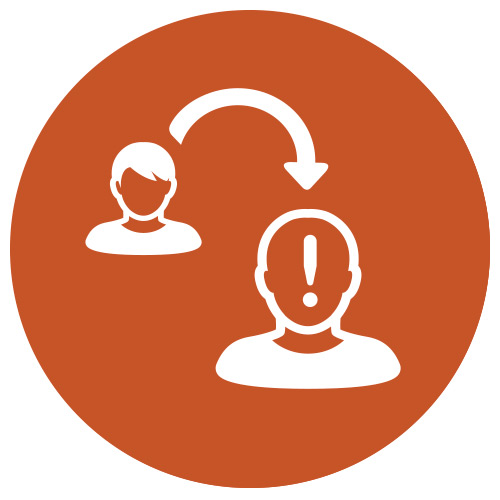
ALLOGENEIC TRANSPLANT FOR UNCOMMON DISEASES
Lines of transplant care have been developed for patients with diseases that are not curable by any other means, such as idiopathic myelofibrosis, multiple myeloma, aggressive lymphomas, chronic lymphocytic leukemia or paroxysmal nocturnal hemoglobinuria.
The medical team is 100% dedicated to HSCT. As a result, our patients are always seen by the same team of physicians throughout the entire procedure.
Specially trained hospital nurses have extensive experience in the care of these patients with a nurse-to-patient ratio that is never more than 1:2.
Material resources

18 equipped rooms with filtered air that allow ISO Class 8 environmental isolation.

Day hospital specifically for HSCT recipients that is open 7 days a week.

The Apheresis performs a minimum of three procedures a week and provides all the single donor transfusion support that our patients require.

The graft processing, handling and cryopreservation unit is especially equipped to perform all types of cell screening.

The Radiotherapy unit is prepared to administer total body.
Process
|
Case assessment and validation of the indication for transplantation. |
|
|
Individualised evaluation, proposing the most suitable type of transplant for each patient. |
|
|
Search for potential donors in the patient’s circle and in national and international donor banks. |
|
|
Performance of compatibility tests. |
|
|
Extraction of stem cells, with processing, preparation and conservation until transplantation. |
|
|
Performance of the transplant. |
|
|
Post-transplant follow-up of the patient. |
|
|
|
Our results
Results
| |
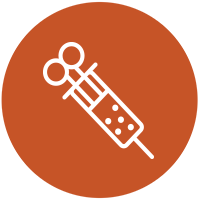 |
140Stem cell transplants per year |
|
 |
|
Patients developing Graft Versus Host Disease |
Survival rate
 |
Allogeneic transplant |
 |
Autologous transplant |
||||||
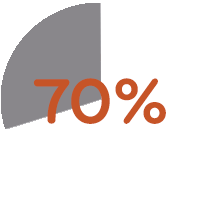 |
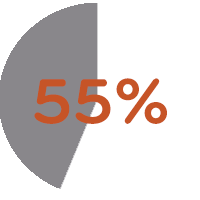 |
 |
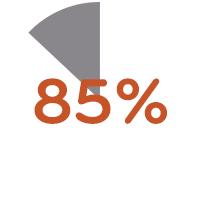 |
||||||
| First
year |
For
5
years |
First
year |
For
5
years |
||||||
Time of treatment
| |
 |
Average waiting time*4-5 Weeks* Since the search arrives to the register, if the patient has a donor |
|
Estimated time of treatment |
|
· Autologous transplants4-5 months· Allogeneic related donor 8-9 months· Allogeneic unrelated donnor 12 months |
If this information has been interesting for you and you want to know something more, please don't hesitate to contact us. We'll be pleased to listen to you and answer you any doubt.
Blog

barnaclínic+ sigue apostando por crecer en un año difícil
Un año más, barnaclínic+ ha hecho pública su Memoria Anual, en la que se ofrece un resumen de toda la actividad y las principales cifras del último año. Los resultados del 2023 no han sido como se esperaba. La caída en algunos servicios sumada a las dificultades derivadas del ciberataque sufrido por el Clínic de […]

El Clínic recibe los diplomas para sus servicios con mejor reputación de España
Desde hace nueve años, Merco elabora el Monitor de Reputación Sanitaria (MRS), un estudio independiente que analiza la reputación de toda la sanidad española. En esta clasificación, el Clínic de Barcelona es uno de los centros más destacados, logrando ser los últimos años el segundo hospital con mejor reputación de España. El pasado 6 de […]

Nuestro equipo de cirugía cardiovascular, pionero en Europa en ofrecer la sustitución robótica de la válvula aórtica
Una de las grandes revoluciones en el campo de la cirugía está siendo la incorporación de robots que ayudan y asisten durante las intervenciones. Gracias a este nuevo enfoque, es posible llevar a cabo operaciones sin necesidad de realizar grandes incisiones, lo que acaba redundando en menos complicaciones y una más rápida recuperación del paciente. […]
